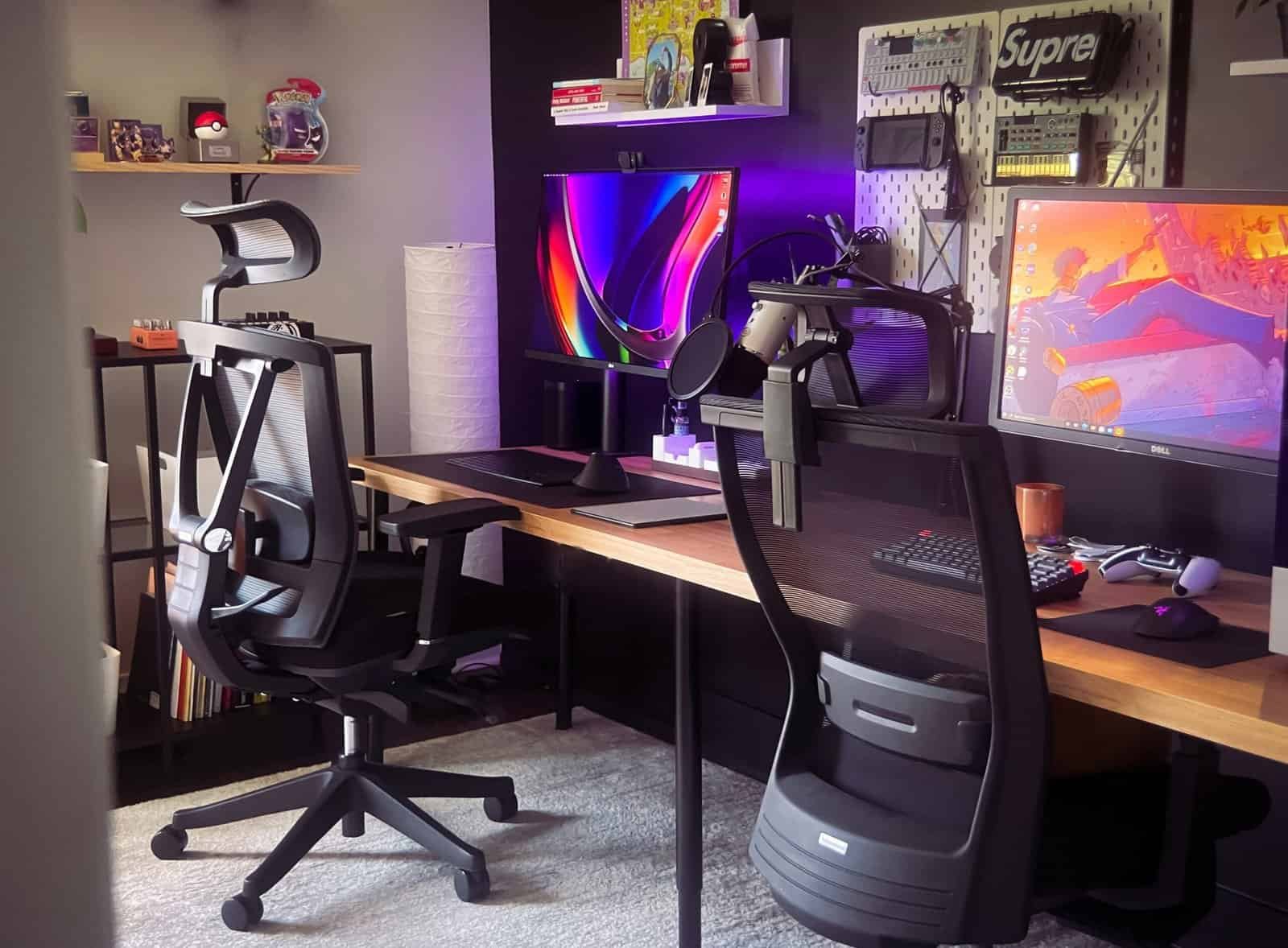Have you ever imagined what it would be like to work in a stress-free environment of your choice? With the world becoming increasingly aware of mental health, finding or creating a workspace that minimizes stress can have a profound impact on your productivity and well-being. This article explores how you can leverage the flexibility of modern work environments to cultivate an atmosphere that supports your mental and physical health, enhances creativity, and boosts productivity.

Understanding Stress in the Workplace
What is Workplace Stress?
Workplace stress is the harmful physical and emotional responses that occur when job requirements do not match your capabilities, resources, or needs. It’s a common issue that affects productivity and overall health, leading many to seek environments that promote serenity and focus.
Causes of Workplace Stress
Stress at work can stem from various sources, including excessive workloads, lack of autonomy, or poor working conditions. Personal conflicts, inadequate compensation, or feeling undervalued can also contribute significantly to stress levels. Understanding these factors can help you identify areas to address when creating a stress-free work environment.
Benefits of a Stress-free Work Environment
Improved Mental Health
Working in a stress-free setting can dramatically improve mental health by reducing anxiety and enhancing overall mood. This results in heightened job satisfaction and a more sustainable work-life balance.
Enhanced Productivity and Creativity
A serene environment can lead to better focus and efficiency. With reduced stress, your brain is free to explore creative solutions and innovative ideas, making problem-solving more efficient and effective.
Better Physical Health
Stress can take a toll on your physical health, leading to issues such as heart disease, obesity, and a weakened immune system. A stress-free environment encourages healthier lifestyle choices and can significantly reduce these risks.
Designing Your Ideal Work Environment
Identifying Your Needs
Creating a stress-free workspace begins with understanding your unique needs. Consider what aspects of your current environment trigger stress and what changes might alleviate these issues. This could range from noise levels and lighting to organizational culture and personal privacy.
Choosing the Right Location
Location plays a critical role in curating a stress-free environment. Whether it’s a quiet home office or a thoughtfully designed workspace at a company, the setting should align with your preference for quietude or social interaction, ensuring that it complements your work style.
Ergonomics and Comfort
Investing in ergonomic furniture and equipment can make a significant difference in creating a comfortable work environment. Chairs, desks, and computer setups should support healthy posture and minimize physical strain.
Personalizing Your Work Environment
Incorporating Nature
Bringing elements of nature into your workspace can reduce stress and enhance creativity. Plants, natural light, and artwork depicting natural scenes can help create a soothing atmosphere that promotes mental clarity.
Customizing Your Space
Personal touches like family photos, inspiring quotes, and personalized decor can make your workspace feel more inviting and less stressful. The key is to create an environment that feels uniquely yours.
The Role of Technology
Technology can either be a source of stress or a tool for minimizing it. Streamline your devices and apps to enhance productivity, and ensure that you have the necessary tools to perform tasks efficiently without technical glitches or interruptions.

Strategies for Maintaining a Stress-free Environment
Setting Boundaries
Defining clear boundaries between work and personal time is crucial to maintaining a stress-free environment, especially if working remotely. Establish fixed work hours and resist the temptation to check emails or join work calls after hours.
Practicing Mindfulness
Mindfulness techniques such as meditation and deep breathing can be powerful tools for mitigating stress. Incorporating these practices into your daily routine can foster a sense of calm and help you reset when stress levels rise.
Regular Breaks and Physical Activity
Taking regular breaks and integrating physical activity into your workday can reduce stress and boost productivity. Short walks, stretching, or brief online workouts can invigorate your body and mind, keeping stress at bay.
Collaborating in a Stress-free Environment
Effective Communication
Open and honest communication is essential for a stress-free work environment, especially in team settings. Clear communication reduces misunderstandings and fosters a supportive work culture.
Building Supportive Relationships
Cultivate a network of supportive colleagues and mentors who can provide guidance, feedback, and emotional support. Positive relationships can significantly ease work-related stress and improve job satisfaction.

The Future of Stress-free Work Environments
Remote Work and Flexibility
Remote work has transformed the way you can approach stress management. The flexibility to choose when and where you work allows for a more personalized, stress-reduced setting.
The Rise of Coworking Spaces
Coworking spaces offer a blend of flexibility and social interaction, providing amenities designed to reduce stress while fostering productivity in a collaborative environment. These spaces can be ideal for those who thrive in dynamic settings.
Trends in Workplace Design
Modern workplace design trends emphasize open layouts, green spaces, and wellness facilities, aiming to reduce stress and increase employee satisfaction. These innovative designs focus on creating environments conducive to both work and relaxation.
Conclusion
Creating a stress-free work environment is more attainable than ever, with various strategies and tools at your disposal. By understanding what causes your stress and taking proactive measures, you can craft a workspace that enhances your productivity and well-being, making work not just a necessity, but an enjoyable part of your life. Remember, the ultimate goal is to create a balance that suits your individual needs, ensuring that your working environment truly feels like yours.

